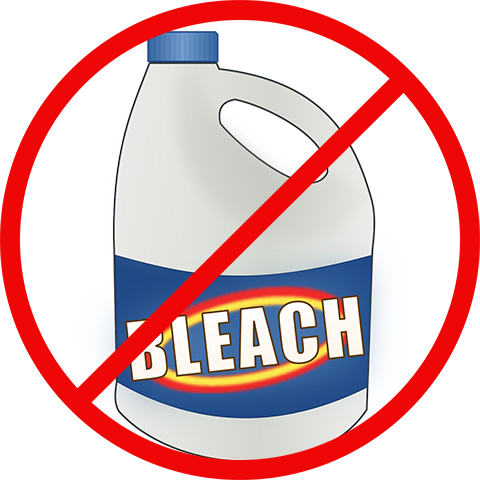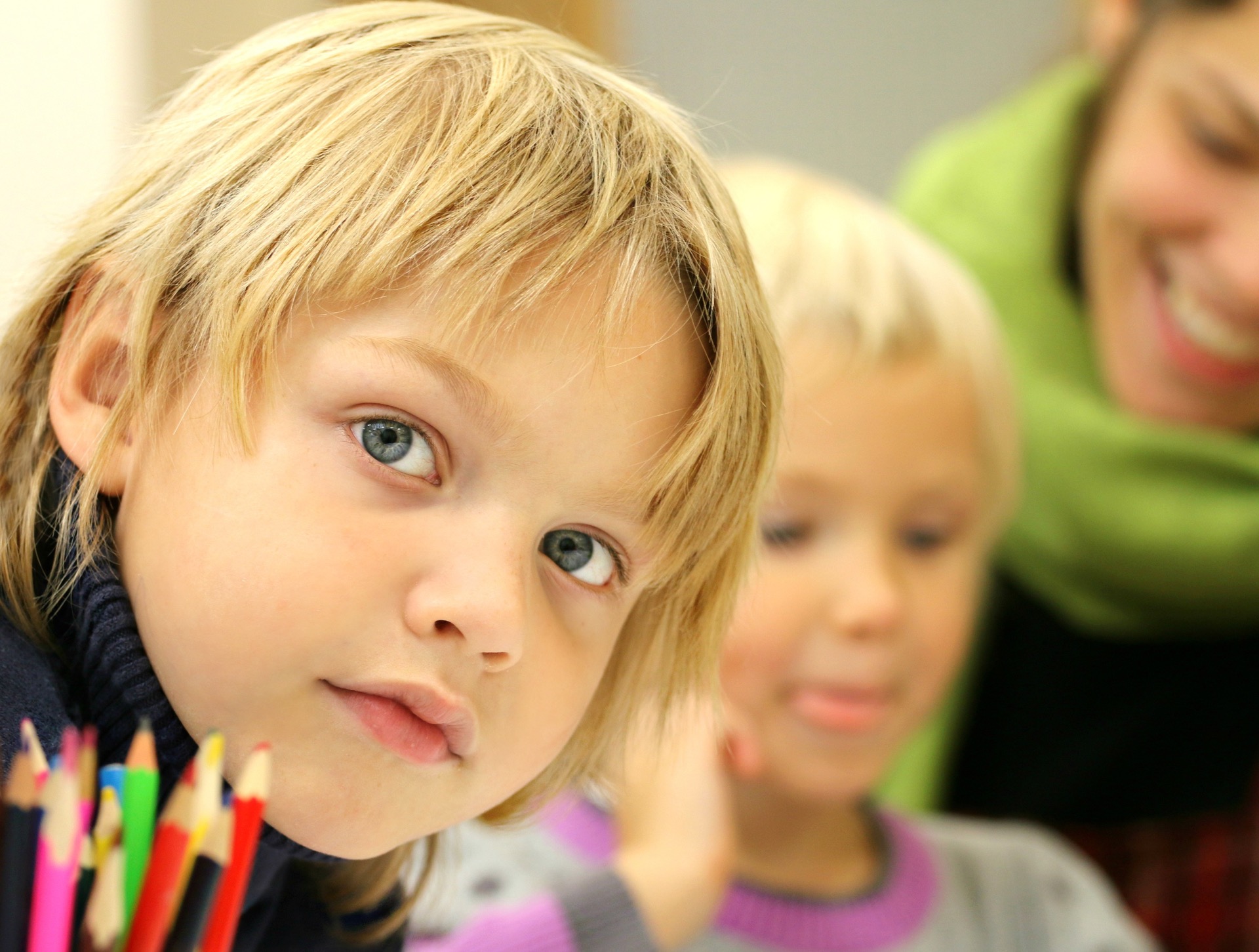In the first articles in this series, we’ve talked about the problems caused by commercial cleaning products in our schools and the solution for safer cleaning in our schools with green cleaning. As we wrap up, it’s time to discuss a few things you should avoid. We’ll also list a few alternatives to these harmful products. This will help make sure that you are cleaning as green as possible and staying away from things that may be harmful.
Watch Out for “Greenwashing”
Companies may label their products as “green” or “natural.” Sometimes these labels aren’t true. Greenwashing is when companies mark their products as green and safe even when they may not be. The problem is that each company has their own standards for “safe” products. While products say they are “green,” they may have harmful chemicals in them that can cause health problems. In order to make sure all the products you use are green, there are steps you can take.
 Use Third-party Certified Products – By using third-party certified products, you use products that are all measured to the same national safety standard. This makes sure that they are green products. Third-party programs were created to test and label products to make sure of their green safety.
Use Third-party Certified Products – By using third-party certified products, you use products that are all measured to the same national safety standard. This makes sure that they are green products. Third-party programs were created to test and label products to make sure of their green safety.- District-wide Policy – By creating a district-wide policy, the district is responsible for approving all cleaning products. Each product is picked and approved by the district. Then the district is responsible for enforcing that only these products are used in their schools. By doing this, the district can make sure that every product used in their buildings is green and safer for the people on their campuses each day.
- Double Check – Double checking all of the products used in your school. Pick third-party certified products, read and review their labels and ingredients, and test their cleaning ability. Make sure that you make the safest choice. To help with product selection and finding green cleaning resources, download our free 80-page guide “Healthy Cleaning and Asthma Safer Schools.”
Fragrances
Safer cleaning normally has no smell. The exceptions are when you are using all-natural cleaning substitutes, like lemons and diluted vinegar.
Most products with a smell mean they contain chemicals. These chemicals can cause dizziness, cancer, endocrine disruption, and asthma. Fragrance can mean chemicals, but it can also be added to make the product smell better. This is still not always a good choice. Strong fragrances can trigger asthma and be harmful to people with breathing problems. When picking products to use in green cleaning, pick products with no smell to help make sure they will be the safest option.
Disinfecting Wipes, Air Fresheners, Spray Bottles
In green cleaning, avoid disinfecting wipes, air fresheners, and spray bottles. Disinfecting wipes and air fresheners may contain harmful chemicals and strong fragrances which can cause health problems. Many times, parents and teachers bring in their own cleaning supplies, including wipes and sprays. Make sure that everything is safe. Only use cleaning supplies provided by the school which have already been approved by the district. This will help make sure all products are safe and do not have harmful chemicals in them.
Harmful Chemicals
 The website Green Living Ideas gives a list of chemicals to avoid when green cleaning:
The website Green Living Ideas gives a list of chemicals to avoid when green cleaning:
- Chlorine Bleach – Exposure to Chlorine gas can cause coughing, nausea, and shortness of breath. This is a very common commercial cleaner.
- Ammonia – A common ingredient in many glass cleaners, it can be irritating to the skin, eyes, throat, and lungs.
- Triclosan and Triclocarbon – These are found in many soaps and are linked to hormone imbalance and increased risk for certain cancer.
- Ammonium Quaternary Compounds – Found in many disinfectant sprays and toilet cleaners, it can trigger asthma.
- Nano-silver – Often found in many household items and can be toxic to the liver and brain.
- Antibacterial Products – Though not found in the original list, these can increase the possibility of drug-resistant super-viruses. Avoid them when possible.
Alternatives
In the article “The 11 Safest Non-Toxic Cleaners (Plus What to Avoid),” Prevention lists possible safer alternatives to common commercial cleaners that contain harmful chemicals. Some of those include:
- Air Freshener – Instead, use a bowl of baking soda. You can also use a beeswax candle in faculty areas.
- Fabric Softener/ Dryer Sheets – Try using diluted white vinegar to help get rid of wrinkles and static.
- Caustic Drain Cleaners – Use a drain snake or plunger for clogs.
- Oven Cleaners – Substitute a paste of water and baking soda to clean ovens and similar surfaces.
The goal of green cleaning is to clean in the safest way possible. Common commercial cleaners contain harmful chemicals that can lead to many health problems and illnesses. To help make sure that everyone in our schools daily are in the safest environment possible, the switch to green cleaning is necessary. Contact us for a free assessment of your current cleaning plan. Let us help make your school the safest place it can be.

